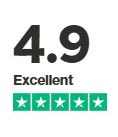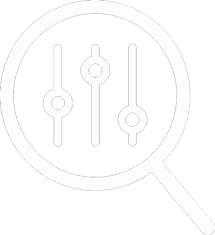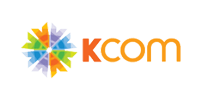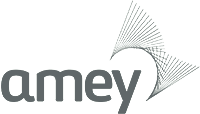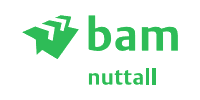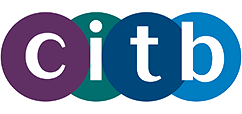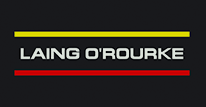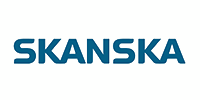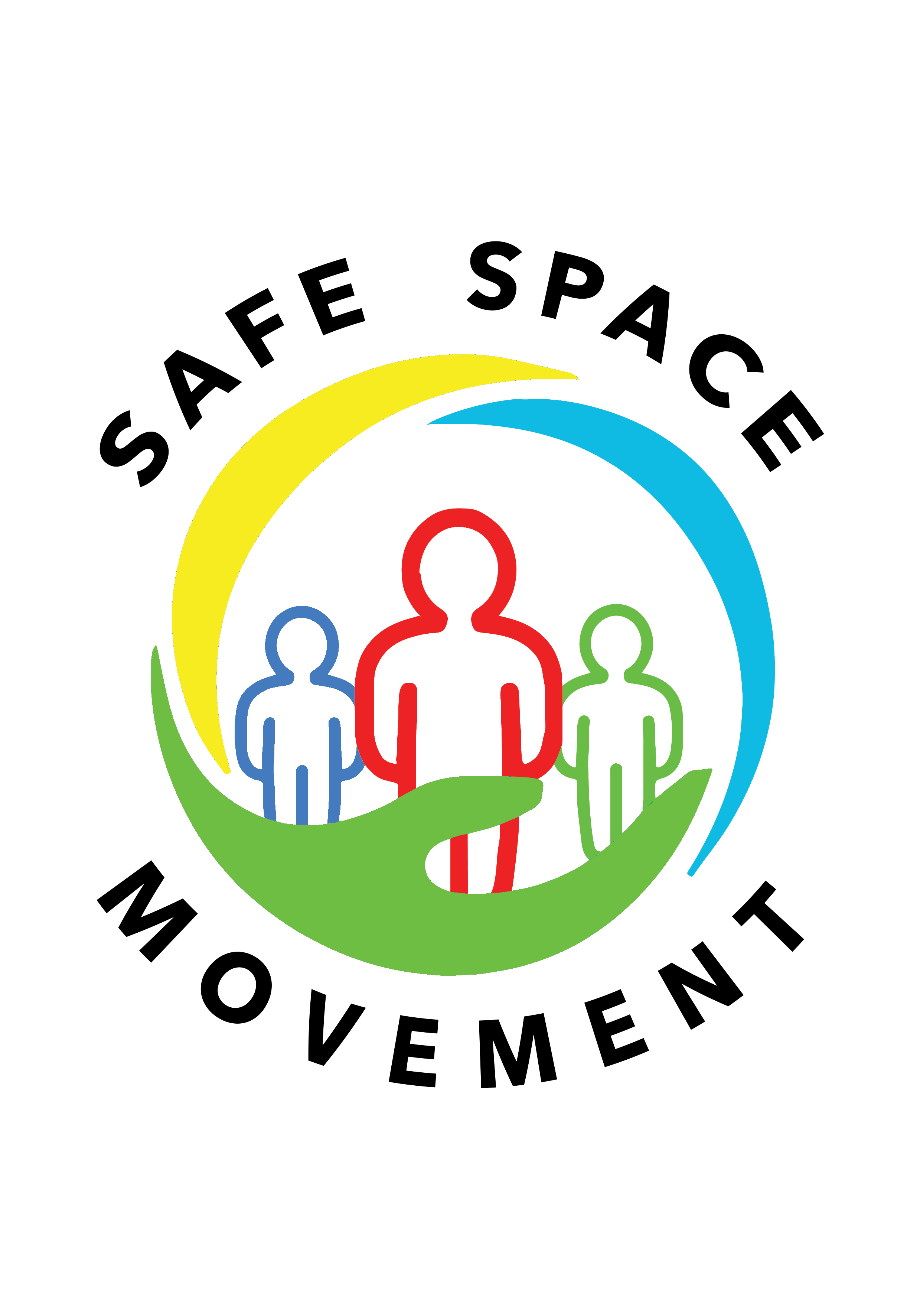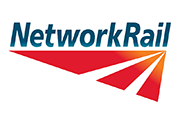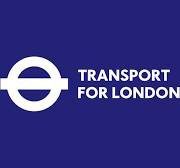off
When You Book Multiple Courses.
Qualify By Booking Multiple Places Or Courses. Book With Friends Or Your Team.
For those in the workplace that are responsible for the health and safety of others, understanding how to manage staff safety is a crucial part of your role. An IOSH (Institute of Occupational Safety & Health) Managing Safely online course is an excellent choice.
Our IOSH Managing Safely remote course has been designed for people in senior, supervisory and managerial roles who have the responsibility of ensuring the health and safety of everyone in the workplace. It is a 3-day program of learning and covers all the important aspects of health and safety and provides you with necessary skills to carry out your role effectively.
What does an IOSH Course Cover?
An IOSH Managing Safely remote course, which takes place over 3 days or a 1-day refresher course, provides a thorough grounding of health and safety aspects in the workplace. The elements covered in the training include:
• The legal aspects of health and safety at work
• Safe management and responsibilities
• Identifying hazards and commonly occurring hazards
• The causes and costs of accidents, and how losses can occur
• Assessing and controlling risks
• Risk management and safety management models
• Protecting our environment
• Human factors in safety performance.
Throughout the course, which gives you the skills you need to build your understanding of health and safety in the workplace, there will be a series of interactive quizzes and tests to undertake designed to assess your progress.
At the end of the course, you will be required to take a multiple choice question paper, as well as a hazard spotting exercise, in order to achieve your IOSH Managing Safely online certification. Whilst your certificate is valid for life, it is recommended you take a refresher course every few years to enhance your skills, and ensure you are up-to-date with the latest health and safety requirements in the workplace.
How do IOSH Managing Safely remote and classroom courses differ?
Online, also known as remote, courses have been available for a long time, but their popularity rose during the pandemic when people needed to upskill and learn new talents. There are a number of differences between remote learning and classroom based courses, including:
• Time and location – the biggest difference is that remote learning allows you to learn in the comfort of your own home, or office, and at a time that suits you that fits around your other commitments
• Flexibility – remote learning allows students to study at their own pace rather than being restricted to a specific time
• Learning materials – whilst both formats provide access to learning materials, having access to those resources online that can be viewed at any time, 24/7, from anywhere in the world, which is often more advantageous for some students
• Being able to practice what you learn – today’s remote learning courses provide many more opportunities to take practice papers whenever it suits you. However, in a classroom environment, it’s usually only possible to practice what you’ve learnt within the classroom environment
• Assessments – both types of learning are able to cater for regular assessments as well as end of course exam-style tests.
There are two perceived drawbacks to online learning; a lack of human interaction and whether you have the discipline to stick with it. Whilst human interaction is face-to-face in a classroom, all our remote courses have dedicated, highly experienced tutors who are available to help you through the course, and answer any questions you many have.
prices
ever
Complete All NVQs, From Anywhere
Flexible Remote Learning with an Assessor – Start Now From 0% Deposit*
*Eligibility Criteria Apply


